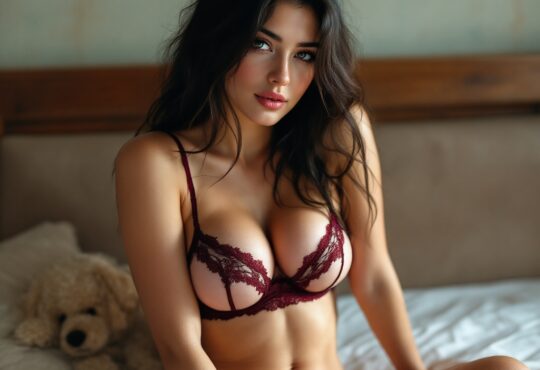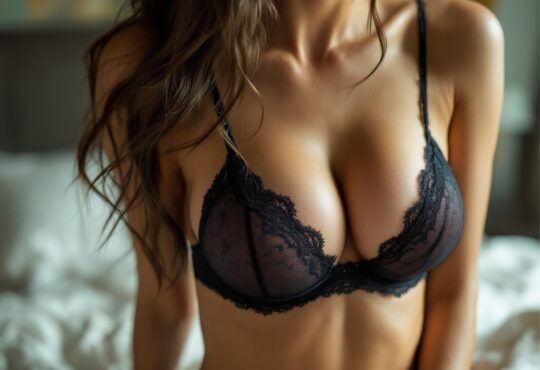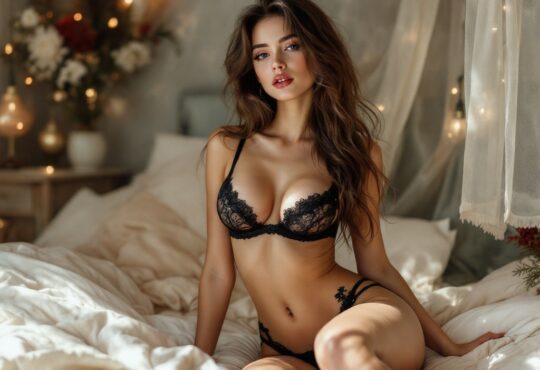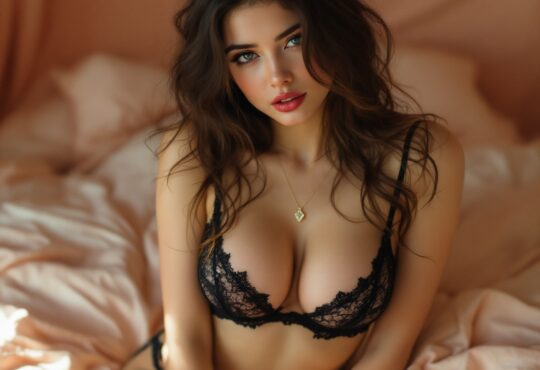
The Changing World of Erotic Art: How AI is Paving the Way
The world of erotic art has always been a mirror reflecting society’s deepest desires, taboo topics, and cultural transformations. As we forge deeper into the 21st century, this art form is experiencing a revolutionary shift driven by none other than artificial intelligence (AI). With advancements in technology, the creation of erotic art is not just evolving but also becoming more accessible than ever. In a landscape that thrives on innovation, how is AI reshaping our understanding and appreciation of erotic art? This article delves into the intersection of technology and aesthetics, examining the implications of AI within this intimate artistry and how it redefines the boundaries of human creativity.
Historically, erotic art has served various purposes, from sacred religious symbols to cultural commentary. It has often reflected the changing perspectives on love, sexuality, and the human condition. As we explore these historical dimensions, it becomes clear that the intrinsic nature of erotic art is constantly morphing. The advent of AI introduces not only new tools but also fresh perspectives that challenge the conventions of traditional artistic expression. Artists are now faced with a co-creative process that allows for diverse interpretations and unique outputs that were once unimaginable.
The Evolution of Erotic Art
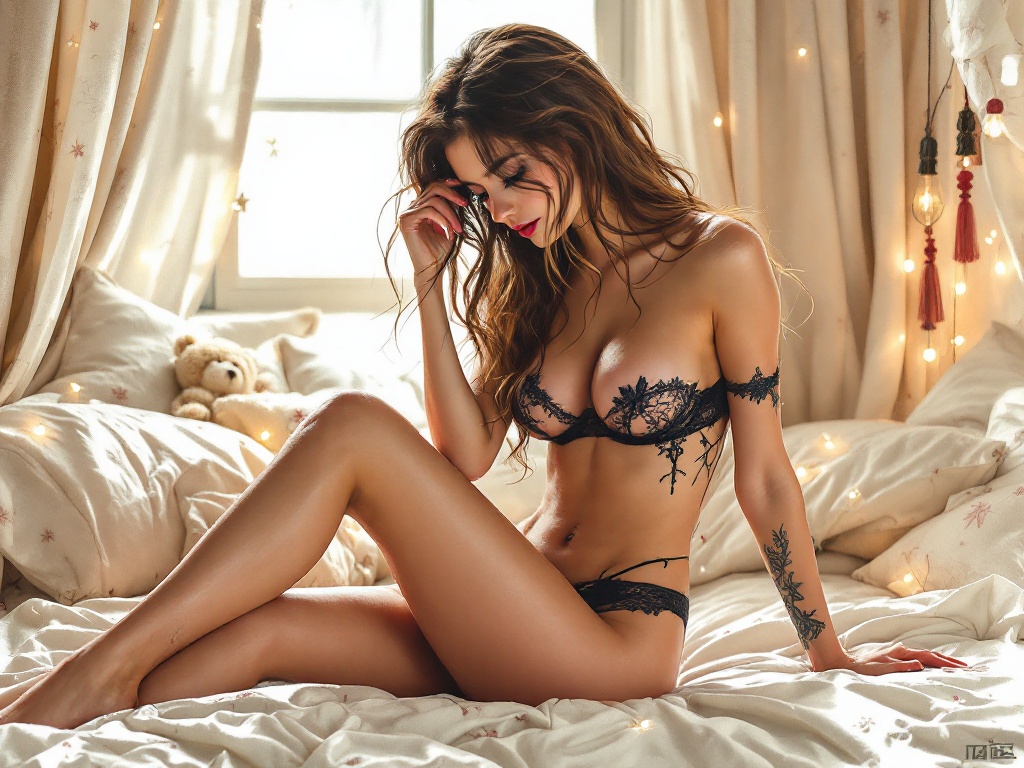
Through the ages, erotic art has evolved drastically, showing a timeline that dances between liberation and censorship. From the ancient frescoes of Pompeii to the decadent works of the Renaissance, each era has left its mark on this art form. Moreover, the geographical variations in erotic art represent different societal norms and taboos. The digital age has brought forth movements that showcase a mosaic of voices, allowing for a broader interpretation of erotic themes. With AI joining the conversation, this evolution is set to enter another exciting phase.
In examining the historical context, we can identify several significant movements and influences:
- **Ancient Civilizations**: Pottery, engravings, and murals that depicted sexuality openly.
- **Renaissance Period**: A resurgence of interest in the human body, leading to more explicit representations in art.
- **Modern Era**: The introduction of photography and film as mediums that transformed perceptions of eroticism.
The Rise of AI in Art Creation
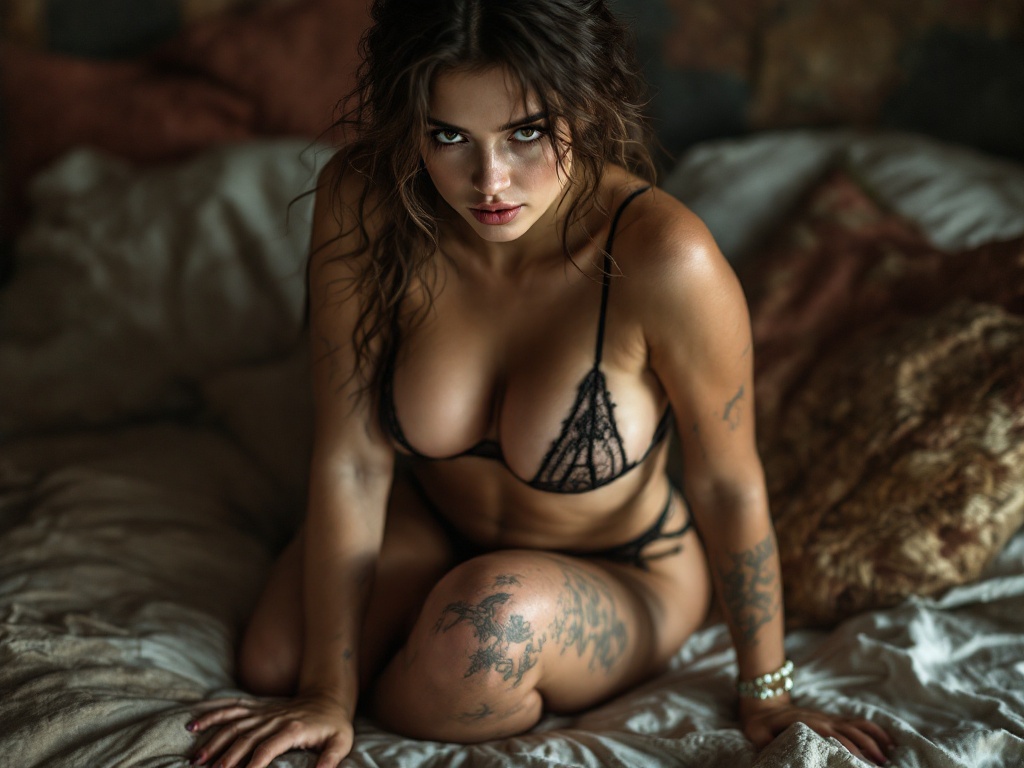
With the rise of AI in art creation, we are witnessing a fascinating paradigm shift. AI-generated art involves machines and complex algorithms producing creative outputs that can rival those of human artists. The blend of technology and creativity opens up numerous avenues for exploration, allowing for rapid experimentation and iteration. AI can analyze vast datasets, learning from styles, techniques, and historical contexts to produce works tailored to modern sensibilities. As this technology matures, it poses intriguing questions about authorship and originality.
Artists using AI tools can take advantage of machine learning to incorporate various influences into their work. Traditional artistic techniques are being complemented or even replaced by AI-generated manipulations, leading to eye-catching new compositions.
| Technique | Description | Example |
|---|---|---|
| Generative Adversarial Networks (GAN) | AI models that generate new visuals based on training data. | Artwork replicating classical styles with modern themes. |
| Neural Style Transfer | Combines the content of one image with the style of another. | Creating erotic images using Van Gogh’s painting style. |
| Text-to-Image Generation | AI creates images based on textual descriptions. | Generating visuals based on erotic poetry or prose. |
The exploration of these AI techniques highlights a departure from conventional artistry, emphasizing the synergetic relationship between human creativity and machine learning. As artists adopt these methods, the results can surprise and delight, pushing boundaries in erotic representation. With machines offering new frameworks, creators are no longer limited by traditional tools, creating an open dialogue between past and present.
Celebrating Diversity: Inclusive Representations in AI Art
When we consider how AI is reshaping the landscape of erotic art, it is impossible to overlook its potential for inclusivity. Traditional erotic art has often favored heteronormative portrayals, leaving many identities underrepresented. However, AI provides an avenue for diverse voices to emerge, challenging historical norms and enabling a more inclusive narrative. This democratization of art reflects today’s broader societal movements towards acceptance and representation.
AI’s structure allows it to embed various identities into its compositions, examining sexuality from multiple lenses. As artists harness this capacity to bring forth a wealth of narratives, it creates a richer tapestry of erotic expression.
- **Gender Representation**: Greater visibility of non-binary and transgender identities.
- **Cultural Diversity**: Artworks representing varied cultural perceptions of sexuality.
- **Body Positivity**: Celebrating diverse body types and aesthetics that challenge societal beauty standards.
Ethical Implications of AI in Erotic Art
While the opportunities presented by AI are exciting, they simultaneously raise critical ethical concerns. The very nature of AI creates ambiguity surrounding copyright ownership and the potential for exploitation. With creators leveraging AI to produce erotic art, who owns the rights? Is it the programmer, the machine, or the artist? The legal frameworks governing these issues are still in development, leaving many questions unanswered.
Additionally, there are risks associated with the misuse of AI to create non-consensual content or perpetuate stereotypes. Consequently, it is essential for artists, collectors, and technology developers to navigate these ethical waters carefully. Establishing guidelines and standards for responsible AI art production is vital to ensure this innovative medium continues to advance positively.
The Future of Erotic Art in an AI-Driven World
As we look ahead to what the future holds for erotic art in an increasingly AI-driven world, envisioning diverse possibilities becomes paramount. It is likely that AI will play a central role in portfolio expansion for artists, offering tools that streamline creativity while also inspiring authenticity. The merging of technology with artistry may generate opportunities for interdisciplinary collaborations, with AI acting as a bridge between various forms of expression.
Furthermore, as collectors and audiences grow more accustomed to AI-generated works, this art form may become mainstream. While the fear of losing the ‘human touch’ exists, it is also crucial to embrace the dialogue between humanity and technology. Thus, rather than fearing AI, the artistic community may find itself empowered to explore uncharted territories in erotic art.
Conclusion
In conclusion, the landscape of erotic art is undergoing a remarkable transformation catalyzed by artificial intelligence. This shift not only challenges established artistic norms but also promotes inclusivity and diversity like never before. As we navigate the ethical implications and integrate advanced technologies, it will be vital to maintain a balance between innovation and human touch. The future promises an exciting confluence of creativity, technology, and expression that may continually redefine our understanding of eroticism and art.
Frequently Asked Questions
- What is AI-generated erotic art?
AI-generated erotic art refers to artwork created with the assistance of artificial intelligence algorithms, often involving machine learning techniques. - How does AI impact traditional artists?
AI can serve as a tool for traditional artists, allowing them to explore new styles and techniques, but it may also create competition in terms of accessibility and cost. - Are there copyright issues with AI art?
Yes, there are ongoing debates about copyright ownership, as it’s unclear whether the AI, the programmers, or the end users hold ownership over the generated work. - Can AI help promote diversity in erotic art?
Absolutely, AI can analyze and represent various perspectives, leading to more inclusive and varied representations in erotic art. - What are the ethical challenges presented by AI in erotic art?
Ethical challenges include potential misuse of AI to create non-consensual content, as well as the need for responsible use and guidelines for artists leveraging AI technology.
